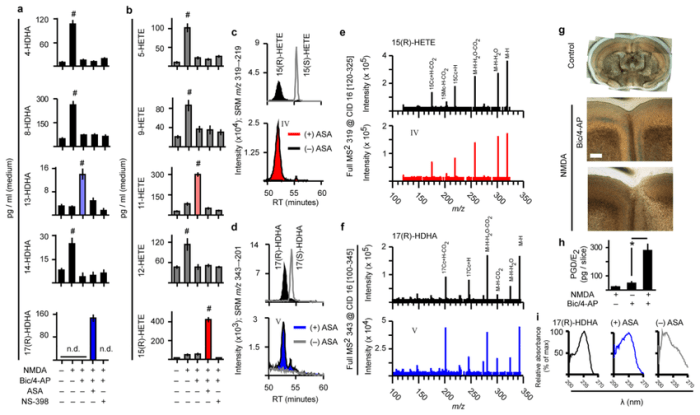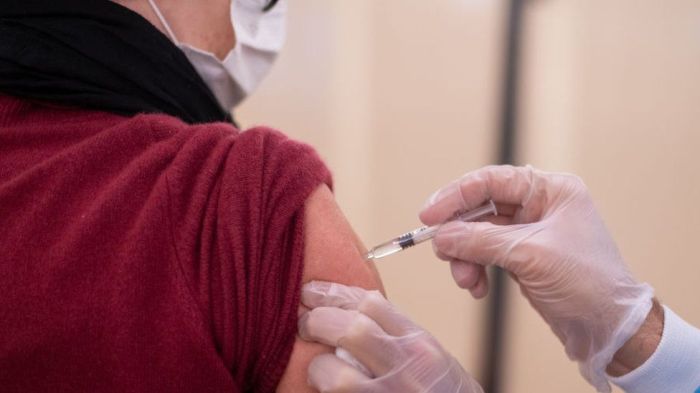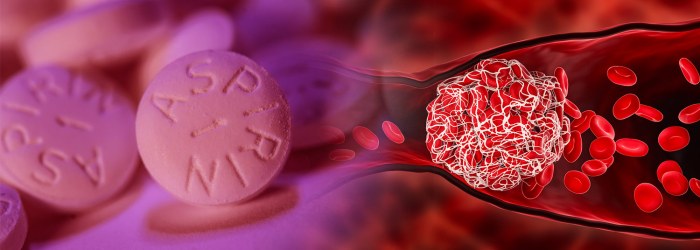What do you call an overactive snake? The answer to this question delves into the realm of herpetology, where scientists and enthusiasts alike seek to understand the complexities of snake behavior. This article embarks on a journey to uncover the origins of slang terms, define scientific terminology, and explore the causes, impact, and management of hyperactivity in snakes.
From the bustling streets to the tranquil wilderness, snakes have captivated human imagination for centuries. Their enigmatic nature and diverse behaviors have inspired countless stories, myths, and scientific inquiries. Among these behaviors, hyperactivity stands out as a peculiar and intriguing phenomenon that warrants closer examination.
What Do You Call an Overactive Snake?

Snakes that exhibit excessive activity levels may be described using various terms, both slang and scientific. Understanding these terms and their implications can help us better comprehend the behavior of these fascinating creatures.
Common Slang Terms
- Zippy:A slang term used to describe a snake that is unusually active and moves quickly.
- Hyper:A general term that refers to excessive activity levels in snakes, often used to indicate a heightened state of arousal or excitement.
- Speedy:A slang term used to describe a snake that moves with great speed, often in response to perceived threats or opportunities.
Scientific Terminology
Scientific terms used to describe hyperactivity in snakes include:
- Hyperactivity:A general term used to describe excessive activity levels that may be caused by various factors, including environmental stressors, health conditions, or genetic predispositions.
- Restlessness:A specific type of hyperactivity characterized by constant movement and agitation, often associated with stress or discomfort.
- Aggression:Hyperactivity may manifest as increased aggression towards conspecifics or other animals, often as a defensive response or territorial behavior.
Causes of Hyperactivity
Hyperactivity in snakes can be caused by various factors, including:
- Environmental stressors:Extreme temperatures, changes in humidity, overcrowding, or handling can all contribute to hyperactivity in snakes.
- Health conditions:Infections, parasites, or neurological disorders can lead to hyperactivity as a symptom of underlying medical issues.
- Genetic predispositions:Certain snake species or individuals may have a genetic predisposition to hyperactivity, resulting in naturally elevated activity levels.
Impact on Behavior
Hyperactivity can have significant impacts on a snake’s behavior:
- Hunting:Hyperactive snakes may exhibit increased hunting activity, often becoming more active during the day or searching for prey more frequently.
- Mating:Hyperactivity may disrupt normal mating behavior, leading to decreased reproductive success or increased aggression between individuals.
- Social interactions:Hyperactive snakes may be less tolerant of conspecifics and exhibit increased territorial behavior, resulting in conflicts or isolation.
Management and Treatment, What do you call an overactive snake
Managing and treating hyperactivity in snakes requires a multi-faceted approach:
- Environmental modifications:Optimizing environmental conditions, such as temperature, humidity, and enclosure size, can help reduce stress and hyperactivity.
- Veterinary care:Identifying and treating underlying health conditions can alleviate hyperactivity caused by medical issues.
- Behavioral therapy:Habituation techniques, desensitization, and positive reinforcement can help reduce hyperactivity and improve the snake’s well-being.
FAQ Insights
What are common slang terms used to describe an overactive snake?
Terms like “hot snake,” “wired snake,” and “jittery snake” are commonly used to describe snakes exhibiting hyperactive behavior.
What are the scientific terms used to describe an overactive snake’s behavior?
Scientific terms include “hyperactivity,” “restlessness,” and “excessive locomotion,” each with specific implications for understanding the snake’s condition.
What are the potential causes of hyperactivity in snakes?
Hyperactivity can result from environmental factors (e.g., high temperatures), health conditions (e.g., infections), and genetic predispositions.
How does hyperactivity impact a snake’s behavior?
Hyperactive snakes may exhibit increased hunting, mating, and social interactions, as well as reduced resting and basking behaviors.
What are the methods used to manage and treat hyperactivity in snakes?
Management and treatment options include environmental modifications, veterinary care, and behavioral therapy.


